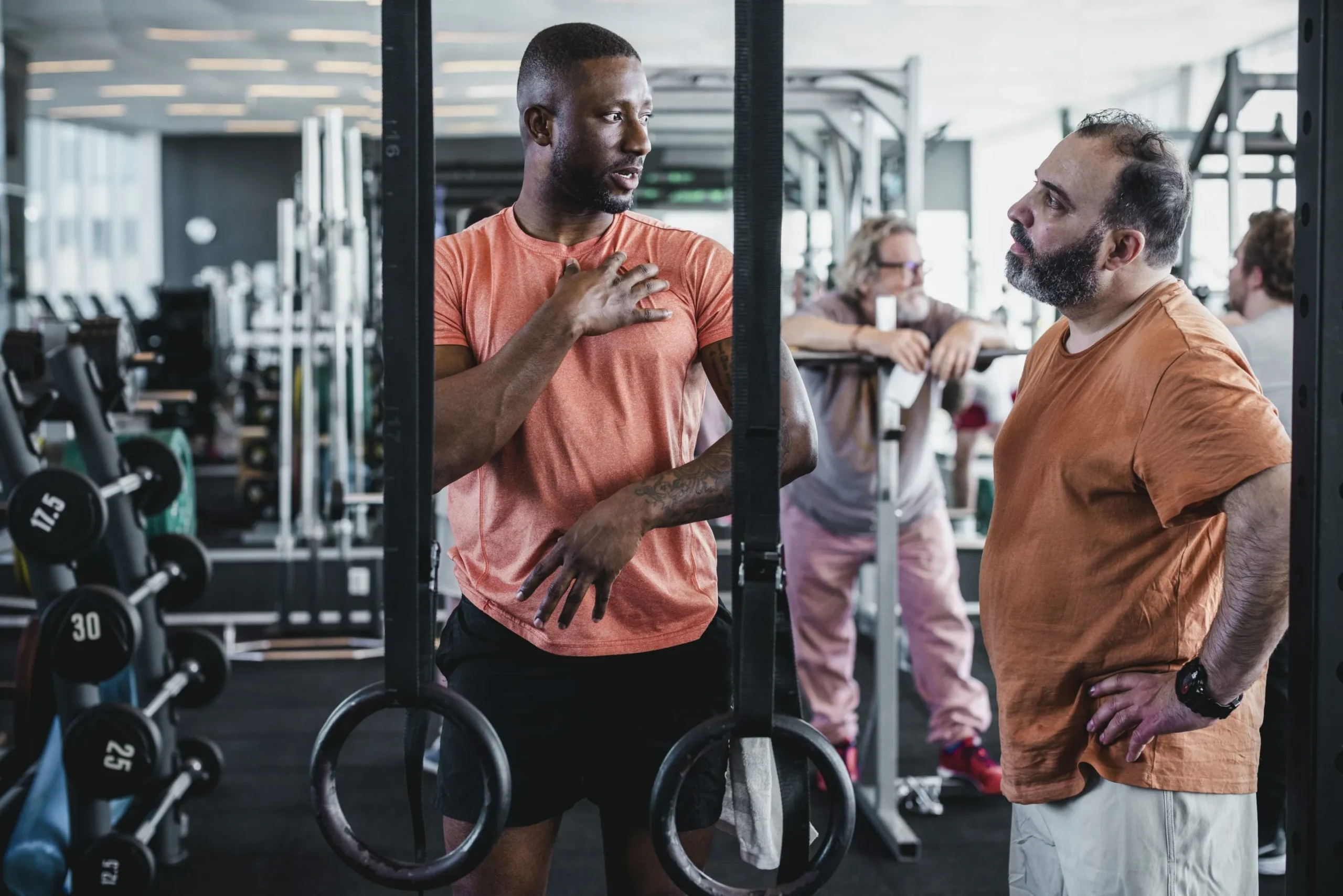Introduction
If you’re thinking about working in fitness, getting the right certification is a smart move. Many people want to help others get healthier and stronger. With the right credentials, you can step into a meaningful role. This guide will walk you through how to become a certified trainer and what to consider along the way. Whether you dream of helping clients one‑on‑one or leading group classes, you’ll find useful tips here.
Define What You Want to Do in Fitness
Before you pick a certification, it helps to know the type of trainer you want to be. Different roles call for different skills.
- Do you want to work with individuals one‑on‑one or lead group classes?
- Do you prefer general fitness, strength training, or sports performance work?
- What kind of clients do you want to serve — beginners, athletes, older adults?
- How much time can you devote to study and preparation?
When you answer these questions you’ll have a clearer idea of the certification path that fits your goals.
Understand What Certification Programs Offer
Not all credentials are the same. Programs vary in what they teach and how they examine you.
- Some programs focus on basics: anatomy, exercise science, client assessment.
- Others add special topics: nutrition, corrective exercise, sports conditioning.
- Many offer online study so you can go at your own pace. On the site you’ll see programs that let you test any time online.
- Look into what the exam covers and how you are tested.
Knowing how a program is structured, what resources you’ll get, and how you’ll be evaluated helps you pick wisely.
Check the Credibility of the Provider
Since your certification will affect your job and reputation, it’s important to check the provider’s legitimacy.
- Is the certification widely accepted in gyms and fitness settings?
- Does the provider clearly describe prerequisites, exam requirements and renewal criteria?
- On the site you’ll find that the organisation lets you download your credentials easily once you finish.
- Read reviews or talk with trainers who already hold the qualification.
Choosing a respected certification will boost your chances of being hired and may give you more credibility with clients.
Match the Costs, Time & Requirements to Your Situation
Training to become a trainer requires time, money and effort. Make sure your chosen path aligns with your lifestyle.
- Find out the cost of the certification, and whether there are extra fees (materials, retakes, renewal).
- Check how long the study period is and how flexible the schedule can be.
- See if you need any prerequisites like CPR certification or high school diploma.
- On the site, you’ll find that programs vary in price and feature online exams.
By balancing these factors, you’ll pick a program that fits realistically with your life and goals.
Choose a Program That Supports Your Career Growth
Getting certified is just the beginning. A good program will help you build a career, not just pass a test.
- Does the certification include study guides, practice tests or mentor support?
- Are there continuing‑education options so you can grow and specialise later?
- Does the provider offer access to job boards, industry networks or placement support?
- The site offers many options under “foundational”, “advanced” and “specialty” categories.
Getting credentials that offer growth will keep your career moving forward long after you’ve passed your exam.
Take Action and Launch Your Trainer Journey
Now that you’ve weighed your options, it’s time to take the next step.
- Set a target date for completing your study and passing the exam.
- Organise your study plan: allocate hours each week, set milestones.
- Prepare for client work: gather tools (e.g., basic equipment), plan your niche, think about how you’ll market yourself.
- Once certified, keep learning and stay current with fitness trends, client needs and industry changes.
- Remember: being a trainer is about helping others improve their lives. Your certification helps open the door, your service and commitment make the difference.
Conclusion
Becoming a fitness professional is a rewarding path for those who want to make a positive impact on others’ health. By defining your role, choosing a strong certification, and planning your time and costs, you set yourself up for success. Your journey as a trainer begins with one decision — and with the right qualification you’ll unlock doors to helping others, growing your skills and forging a meaningful career. Your clients will count on your knowledge and passion — get ready to deliver.

